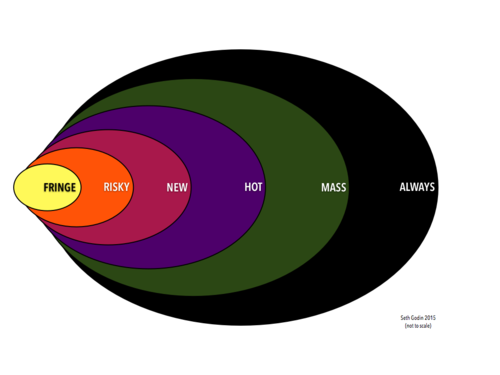What is a Product Launch Plan and what does it include?
Marketers only spend an average of 40% of their time working on launches, and they generally treat these launches as business as usual. But with 40% of launches failing in the first year*, and up to 65% failing in the second year, it’s time to rethink launches and how we plan them.
What is a Product Launch Plan?
In short, what is a product launch plan? It is a schedule of events and actions covering the preparation, execution and follow up of launching a new product, brand or company.
The biggest element of this definition and the part so many marketers regularly forget, is that a product launch plan should not just be about the run-up to the big launch date, but should continue into the post-launch period. If anything, this is the most important part of a launch, the bit when you can still make or break a campaign.

When should a product launch plan start?
The plan should commence as soon as the new idea arises.
When should a product launch plan end?
Ultimately the length of a launch phase will vary on a case by case basis, depending on whether you are launching locally, nationally or internationally. How do you determine at what stage you no longer consider your product in the launch phase and moves over to business as usual? Typically, when both the media and consumers no longer refer to it as a new product and consumers are making regular purchases (if you sell fast moving or consumer packaged goods) or your product has hit the ‘mass’ section of Seth Godin’s alternative chart, when the product is now accepted by the majority of the population.

What should you remember when creating your launch plan?
1. Timings.
Have you given yourself enough time to carry out the product launch plan and is everyone involved aware of these timings? It is better to delay a launch and make sure everything and everyone involved with the launch is aligned than launch with only half the team alongside you. Buy more time if the product is not finished to an acceptable level or, as described by, Maria Loyez, Society One, a Launch Marketing Council panellist, to a ‘Minimum Loveable Product’ stage (only user feedback can tell you if that’s the case). So often we see companies rush the upfront stage in order to spend time on the delivery phase. In our experience, it’s more important to get the strategy right – the audience and positioning.
2. People.
One of the biggest reasons so many launches fail is due to a lack of internal alignment. Who needs to know about the launch and how will it impact them? What stage in the launch process do you need to bring them on board? Bear in mind that you need to bring everyone involved to be aligned. This will incorporate everyone, from the team on the shop floor that need to know the ins and out of the product to the finance team who need to understand cost outlays and expected revenues. One of the Launch Marketing Council’s UK White Paper, delves into why so many companies lack the internal alignment required for a successful launch and establishes some key points on how this could be overcome.
3. Testing.
How much time have you allocated to testing? What methods are you using? Have you allocated sufficient budget to get the results you require? Based on feedback from testing, what time period will be required to alter any changes that are needed? Ultimately, this is about verifying that the product you and your team think is great, is actually considered great by your consumers. Also, is your marketing messaging resonating with your target audience? Although testing your core messaging and creative execution should be done rigorously before going to market, it is absolutely key that this process continues way beyond the day of launch on the creative execution front to ensure it is continually performing well. If anything, it is the initial period post-launch that is critical. You should never stop testing.
4. Simplify and focus.
This should go without saying when it comes to communications. The more focused you are and the simpler the message, the greater the chance of success.
However, where we can boost that chance even greater is by making sure the wider business understand who you are targeting and what communications/messages are going out when. They need to understand why those messages will resonate with the audience and, in retail especially, know how to convey those same messages on the shop floor, so every touchpoint is consistent.
The more focused your launch marketing communications plan is and the simpler you keep things, the more chance is that your customers and your colleagues will get it.

Conclusion.
Product Launch Plans can sometimes become too complex and impenetrably long-winded. Find a way to simplify and summarise your plan so that it can be communicated in a single slide. Planning a launch means you need to know the context and overview as much as the detail. Often launches exist in an environment of multiple initiatives. A good launch plan will help the organisation’s leadership identify conflicts and issues that will impact factors like timing and may also create opportunities for efficiencies to be made.
Image Credits
- Shutterstock
- https://medium.com/the-political-informer/the-rogers-adoption-curve-how-you-spread-new-ideas-throughout-culture-d848462fcd24
References
- Crawford, C. Merie (1987) “New Product Failure Rates: A Reprise Research Management 30 4, p20-24

By George Roberts
Client Services Director, UK

